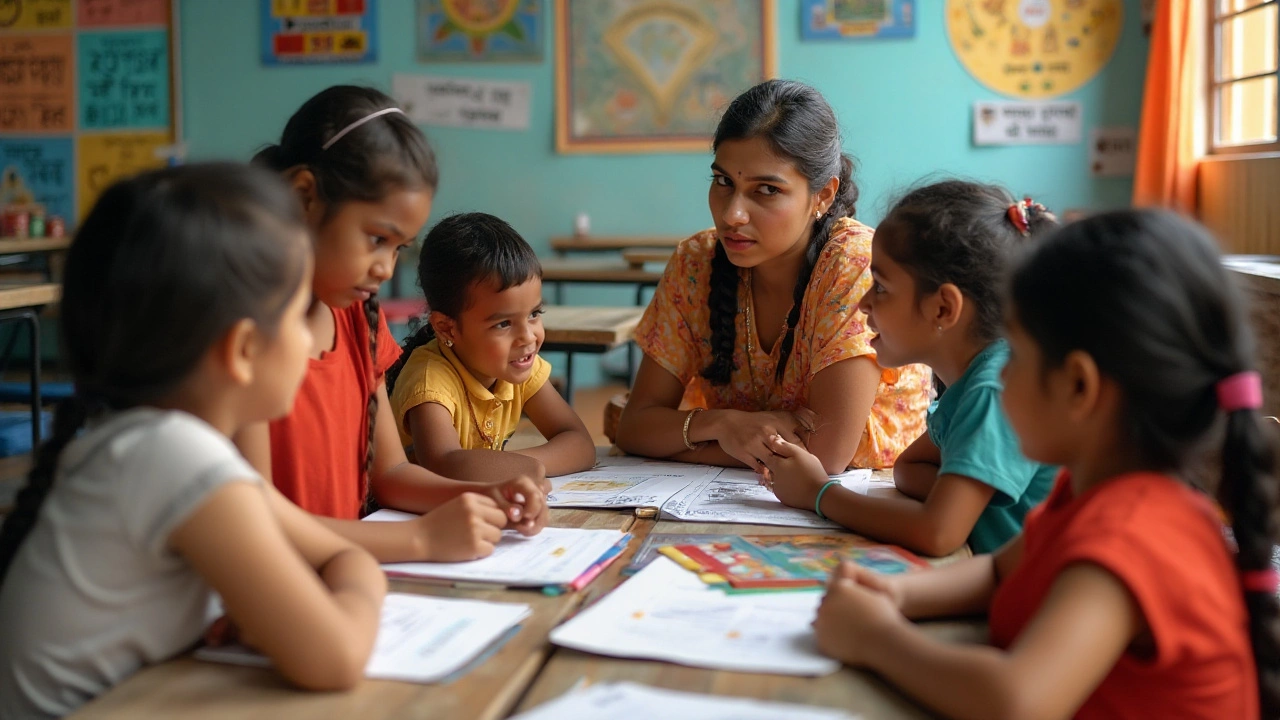School System in India: How It Works & What You Need to Know
If you’re trying to figure out how Indian schools are set up, you’re not alone. The system can feel like a maze of classes, boards, and exams. This guide cuts through the clutter and gives you the basics you can actually use.
Key Stages of the Indian School System
India’s school journey is split into four main phases. Pre‑primary (Nursery to Kindergarten) builds language and social skills. Primary runs from Class 1 to 5 and focuses on maths, science, and the first language.
Next comes Upper Primary (Class 6‑8). Here the curriculum gets deeper – you’ll see subjects like social studies and a second language appear. Finally, Secondary (Class 9‑12) prepares students for board exams that decide college options.
Each stage has its own set of textbooks, exams, and grading methods. Knowing which stage you’re in helps you pick the right resources, whether it’s extra worksheets or online practice tests.
Choosing the Right Board for Your Child
India offers several boards, and the choice can shape a student’s future. The most common are CBSE, ICSE, and the International Baccalaureate (IB). State boards also exist and follow local guidelines.
CBSE is popular because its syllabus aligns with national entrance exams like JEE and NEET. If you aim for engineering or medical streams, CBSE’s focus on science and maths can give an edge. ICSE, on the other hand, leans heavily on English and analytical thinking, which many parents prefer for overall development.
IB is a global program with a strong emphasis on projects and critical thinking. It’s ideal if you plan to study abroad or want a more holistic approach. State boards vary by state but often include regional language instruction and can be less costly.
When deciding, consider your child’s learning style, future education plans, and the school’s reputation. Visiting schools, talking to teachers, and checking past board results can give a clearer picture.
Beyond boards, remember that extracurriculars matter too. Sports, arts, and clubs help develop soft skills that universities increasingly look for.
In short, the Indian school system follows a clear progression from early years to senior secondary, with multiple board options that cater to different goals. Understanding the stages and board differences lets you make an informed choice, set realistic expectations, and support your child’s academic journey effectively.
Dec
5

- by Dhruv Ainsley
- 0 Comments
Understanding CBSE Schools in India: A Comprehensive Guide
CBSE schools in India represent a significant portion of the educational landscape, known for their rigorous curriculum and nationwide presence. The Central Board of Secondary Education (CBSE) provides a standardized education across India, catering to students from primary to senior secondary levels. With a focus on holistic education and practical learning, CBSE schools aim to foster academic excellence and adaptability. This article delves into the structure, benefits, and unique features of CBSE schools, offering insights to parents and educators alike.